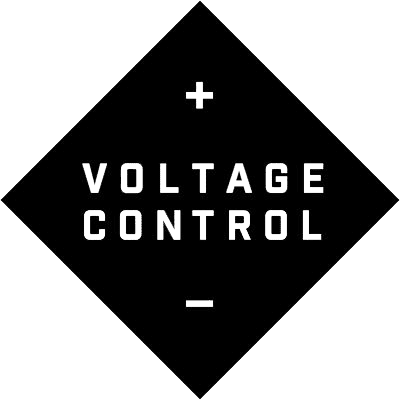Douglas is an entrepreneur and human-centered technologist with over 20 years of experience. He is president of Voltage Control, an Austin-based workshop agency that specializes in Design Sprints and innovation workshops.
Less talk, more prototyping
The thought of prototyping might be intimidating. The word can conjure something daunting, technical, or elaborate. Because my work involves leading organizations through Design Sprints and innovation workshops, prototyping is something that I do weekly, even daily. And, one of the many things I’ve learned is that prototypes aren’t usually what people think. Prototypes are not proofs of concepts — they are not meant to test the functionality of a product or experience. They don’t require coding, data, or developers. They can be pulled together quickly and can take many forms.
High or low
Got a pen and paper? You’re halfway to a prototype. Prototypes simulate your solution or idea in its most basic form. You don’t have to build a functioning app or website. Your prototype can be as simple as an illustration of a concept or a landing page that describes the value proposition of a fictional brand.
Experiences not words
Prototypes are wonderfully concrete. In our work life, words can misguide us. We spend hours (or days!) debating what something should be like. Teams can think they are aligned on a product direction, but then find out that they are miles apart. Prototypes cut through the chatter and turn ideas into imagery. With a visual representation of an idea in front of us, we have more focused, more informed conversations.
It’s about people
The biggest reason to prototype is people. It’s not about the shiny object or the fancy things your prototype can do. Instead, build something quickly so you can get a reaction from your potential users. Prototypes are primarily a means to get rich insights from the people who might use your product.
Keep going!
If you do start prototyping, keep at it. It’s not one-and-done. Prototype, listen to your users and then prototype and test the next thing. And on, and on. Explore your ideas with this relentless curiosity and you’ll be amazed at the results.















